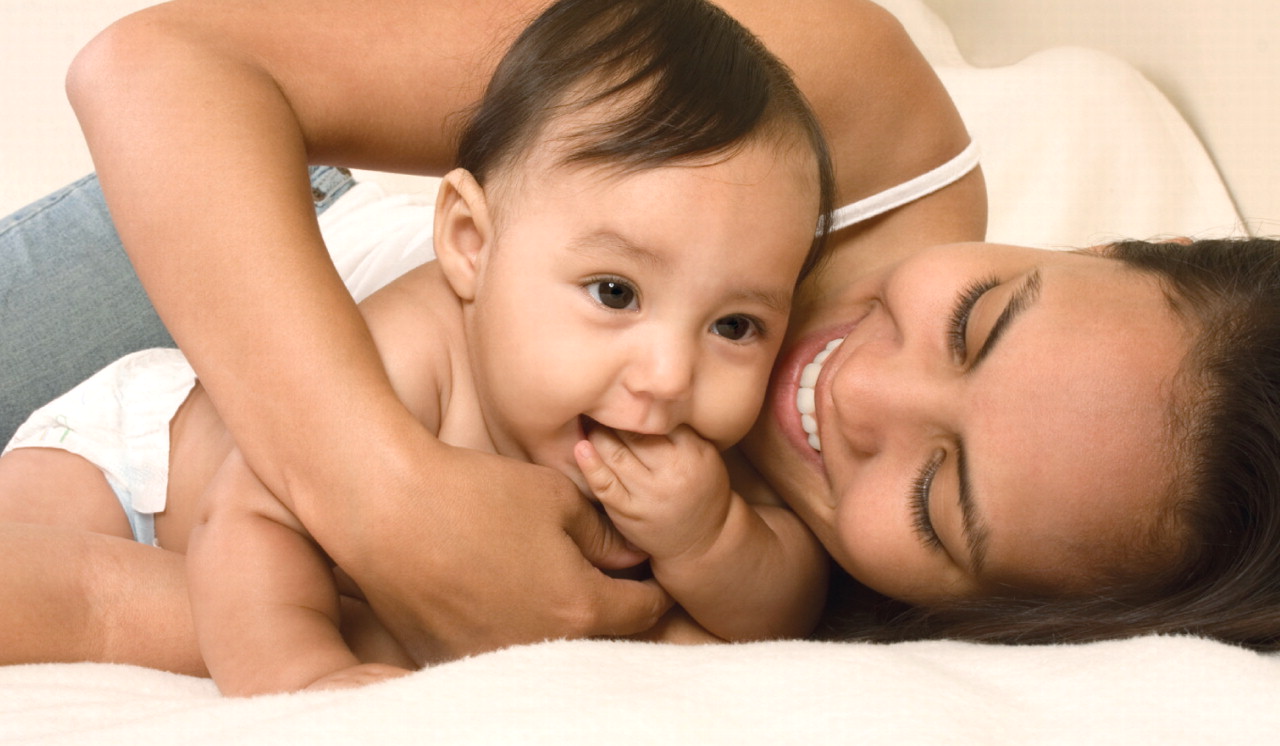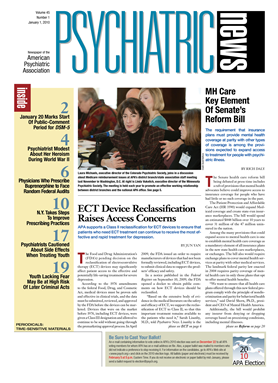Oxytocin, a neuropeptide closely linked to childbirth and breast-feeding, may have an important role in the biological mechanism of bonding between mother and infant, according to a new study. It provides a clue to understanding the observation that women with insecure attachment themselves are more likely to have difficulty forming secure attachments to their children.
According to attachment theory, infants who bond with a sensitive, attentive caregiver are able to form secure attachment, and separation from or insensitive interaction with the primary caregiver can result in insecure attachment. In addition, the type of attachment formed in early childhood influences a person's interpersonal relationships in adulthood.
Animal studies have pointed to oxytocin as a key mediator of mother-infant attachment behaviors. The study, led by Lane Strathearn, M.B.B.S., an assistant professor of pediatrics at Baylor College of Medicine, and colleagues and published in the December 2009 Neuropsychopharmacology, is the first in humans to describe part of the neurobiological mechanisms and the role of oxytocin in maternal behaviors and attachment patterns.
In the study, the researchers enrolled 61 first-time mothers during their third trimester and determined their attachment type using a modified version of the Adult Attachment Interview, a semistructured interview that assesses a person's childhood interactions and bonding experience with their primary caregivers (generally parents).
About seven months after giving birth, the study participants had their blood drawn to measure their oxytocin levels before and after they played with their children. Then, at 11 months after delivery, each participant underwent functional magnetic resonance imaging (fMRI) scans as she was shown photos of her infant's face and an unknown infant's face. These photos displayed the infants' various emotions ranging from sad to happy.
Forty-four women participated in the fMRI scan. After excluding a small number of those with the insecure/preoccupied, combined, or atypical attachment types, 30 women were included in the analyses. Half of them were of the secure attachment type based on the prenatal interview, and the other half were of the insecure/dismissing type.
Links Found to Oxytocin, Reward Circuits
After comparing data from the two groups of women, the researchers found that women who were securely attached themselves produced significantly higher oxytocin levels after they played with their children than did women who had insecure attachment.
In addition, securely and insecurely attached mothers showed different patterns of brain response to their infants' photos. The securely attached women had greater activation in the reward-processing brain regions when they saw their children's smiling face as well as sad face. Insecurely attached women had activation in the reward regions only when they saw their children's happy face. Instead, their infant's sad face activated the brain regions associated with feelings of unfairness, pain, and disgust.
In other words, the securely attached women felt more rewarded and motivated to interact with their infants regardless of whether the infant appeared happy or sad. The insecurely attached women felt less motivated, especially toward a sad child.
These findings confirmed the direct link between oxytocin release and dopamine-controlled reward and reinforcement system in the brain. “Numerous animal studies have provided evidence for the effect of oxytocin on the dopaminergic reward system,” Strathearn told Psychiatric News. “It is difficult to study receptors [in the brain] in humans, but in our imaging study, we correlated the activation of dopamine regions with oxytocin release.” The oxytocin levels measured at seven months, he noted, were significantly correlated with the degree of activation of the reward regions at 11 months.
Intergenerational Attachment Explained
Previous studies indicated that a person's attachment type usually persists from childhood to adulthood, and an adult's attachment type is a reflection of his or her childhood bonding with parents. A certain attachment type, especially secure attachment, often is perpetuated in a family from one generation to next, said Strathearn. Attachment type, he said, “is not necessarily a fixed thing … [and] is pliable to life experiences. But infant attachment pattern sets up a trajectory for the person.”
Many animal studies have shown that the pattern of care an infant animal receives predicts the care it provides to its offspring, Strathearn noted. “This study links what we saw in animal studies and humans,” he said. The differences in oxytocin release and brain activities between securely and insecurely attached mothers suggest a physiological “imprint” of a person's attachment type, which has been formed in early life, persists through adulthood, and influences her behaviors toward her children.
In a commentary published in the same issue of Neuropsychopharmacology, James Rilling, Ph.D., an associate professor of anthropology and of psychiatry and behavioral sciences at Emory University, suggested that these findings have provided part of the biological explanation for the intergenerational transmission of attachment types. By tinkering with the oxytocin system and the reward-related brain circuitry, scientists may be able to “break the cycle” and alter maternal behaviors in adults with insecure attachment.
The intergenerational transmission of attachment types was also observed in this study, based on assessments of the infants at age 14 months, according to Strathearn. Babies born to securely attached mothers were more likely to have secure attachment. These data are in press pending publication.
“This early [mother-infant] relationship is what programs a lot of brain responses later in life,” said Strathearn. He emphasized that the long-term consequences of early life experience are a critical but poorly understood area.

